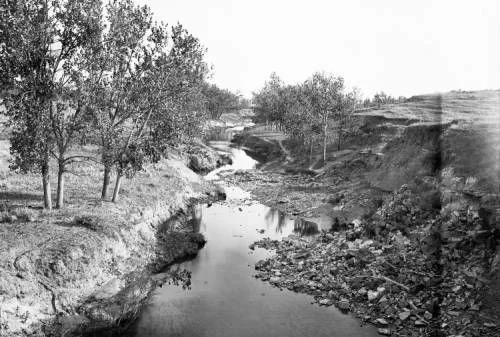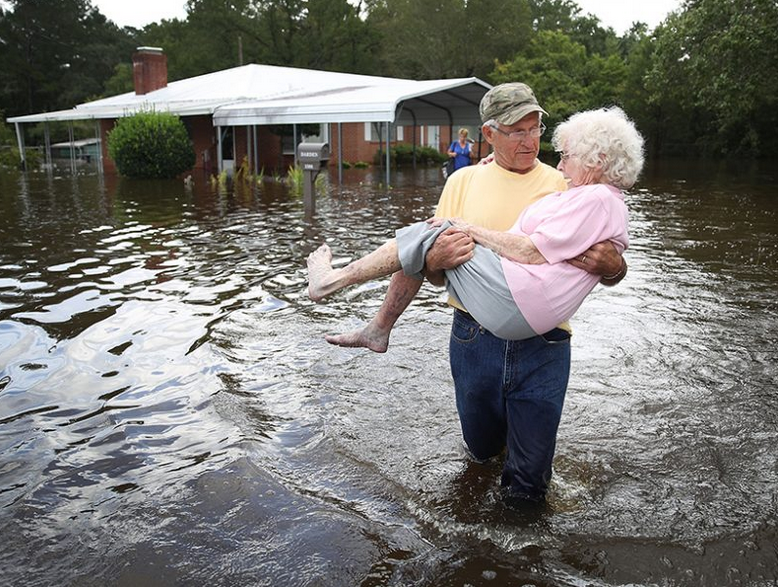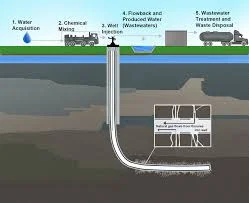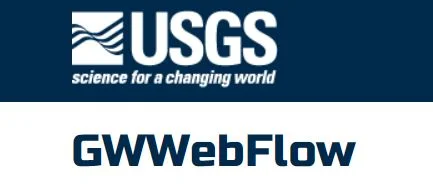Flathead Beacon Article on the Wild and Scenic Flathead River
Pre-Inca Canal System Uses Hillsides as Sponges to Store Water
Legionnaires’ Disease Cases Soar Again, Set New Record
America’s deadliest waterborne disease is becoming more pronounced.
The number of reported cases of legionellosis, an umbrella term for two illnesses caused by Legionella bacteria, climbed by 33 percent last year, to 9,933 cases, according to data released this week by the Centers for Disease Control and Prevention. The number of reported cases in 2017 was 7,458.
The milder of the two ailments caused by the bacteria is Pontiac fever, which is akin to the flu. The vast majority of the cases, however, are Legionnaires’ disease, a severe respiratory illness that resembles pneumonia and kills about one in 11 people it infects.
The illnesses, which are not contagious, are spread by inhaling mist contaminated with the bacteria. Rooftop cooling towers, hot tubs, showers, and ornamental fountains are among the sources of water vapor linked to disease transmission.
Legislation needed to phase out PFAS and clean up water supply contamination, group says
PHILADELPHIA (KYW Newsradio) — PFAS contamination is now affecting communities surrounding military bases across the country. And last week, Pennsylvania Attorney General Josh Shapiro urged congressional leaders to support federal legislation to phase out PFAS and remediate the harm the toxic chemicals have caused.
EPA Releases Draft Groundwater Clean-up Guidelines for PFAS Substances
Polyfluoroalkyl substances (PFAS), a group of chemicals used since the 1940s, have recently emerged as a contaminant of concern in surface water groundwater due to their persistence and potential to cause adverse human health effects. As a result of this new awareness, the EPA has released draft groundwater clean-up guidelines for public comment. As part of HydroSolutions’ mission to provide our clients with the highest level of technical expertise, our remediation experts will be following these developments in PFAS groundwater remediation standards closely.
USDA Proposes Bold Moves to Improve Forest, Grassland Management
The U.S. Department of Agriculture’s (USDA) Forest Service (USFS) released proposed changes to modernize how the agency complies with the National Environmental Policy Act (NEPA). The proposed updates would not only give the Forest Service the tools and flexibility to manage the land and tackle critical challenges like wildfire, insects, and disease but also improve service to the American people.
Bipartisan Congressional Coalition Introduce Legislation to Fully Fund the Land and Water Conservation Fund
“Permanently reauthorizing LWCF was an important step, but now we need to finish the job and ensure that the funds intended to create parks and protect open spaces actually get utilized for those purposes. Our bipartisan bill is a win for taxpayers, good governance and future generations of Americans.”
12 year old boy builds massive LEGO model representing the hydrologic cycle
Fire study shows landscapes such as Bitterroots' Sapphire Range too hot, dry to restore trees
As it Enters its 40th Year, the Future of the Montana Water Court is Unclear
The Montana Water Court was created by the 1979 Legislature to facilitate and expedite the statewide adjudication of over 219,000 state of Montana water rights and Indian and Federal reserved water rights claims. The Water Court has exclusive jurisdiction over the adjudication of any and all water rights claims. The Department of Natural Resources and Conservation (DNRC) Water Adjudication Bureau assists the Montana Water Court in the adjudication of all claims to pre-July 1, 1973 water rights. The Bureau examines all claims pursuant to Supreme Court rules and provides a summary report to the Water Court on each of the 85 basins in the state.
EPA releases draft groundwater clean-up guidelines for PFAS substances
Polyfluoroalkyl substances (PFAS), a group of chemicals used since the 1940s, have recently emerged as a contaminant of concern in surface water groundwater due to their persistence and potential to cause adverse human health effects. As a result of this new awareness, the EPA has released draft groundwater clean-up guidelines for public comment. As part of HydroSolutions’ mission to provide our clients with the highest level of technical expertise, our remediation experts will be following these developments in PFAS groundwater remediation standards closely.
Population increases and climate change point to future water shortages in the U.S.
Rising Temperatures Reduce Colorado River Flow
Mussel Infestation Could Cost Montana $234 Million Annually
Millions More Americans Face Flood Risks Than Previously Thought
Protect Your Groundwater Day - September 4, 2018
Protect Your Groundwater Day (#PYGWD), sponsored by the National Groundwater Association, is an opportunity to raise awareness about the responsible development and management of groundwater resources. On Protect Your Groundwater Day, NGWA encourages members of the public, business, industry, and government agencies to become “Groundwater Protectors” by taking steps to conserve and protect groundwater resources.
Fracking: where does the water go?
We all hear about hydraulic fracturing (fracking) injecting large volumes of water under extremely high pressures, miles deep, to create the little cracks that enable oil and/or gas to flow. But perhaps you’ve wondered where all that water actually goes. No really—you must have wondered, right, maybe before you fall asleep or in the middle of the night? Here is a study from the journal Groundwater that attempts to answer that puzzling question.
NASA scientists embark on SnowEx project to improve remote sensing of snow water content
A NASA-led scientific research project supported by NASA’s Terrestrial Hydrology Program has undertaken a study to improve remote sensing of snow-water equivalent, particularly in forested watersheds. The first part of the study involved extensive field work to collect data for the evaluation of various remote sensing techniques, with the ultimate aim of designing a remote sensing space mission.
USGS Releases Web-Based Groundwater Model Visualization Tool
The U.S. Geological Survey has released a new web-based groundwater visualization tool called GWWebFlow. The tool is designed to help those without specialized groundwater modeling knowledge visualize inputs and outputs of MODFLOW groundwater models.





















